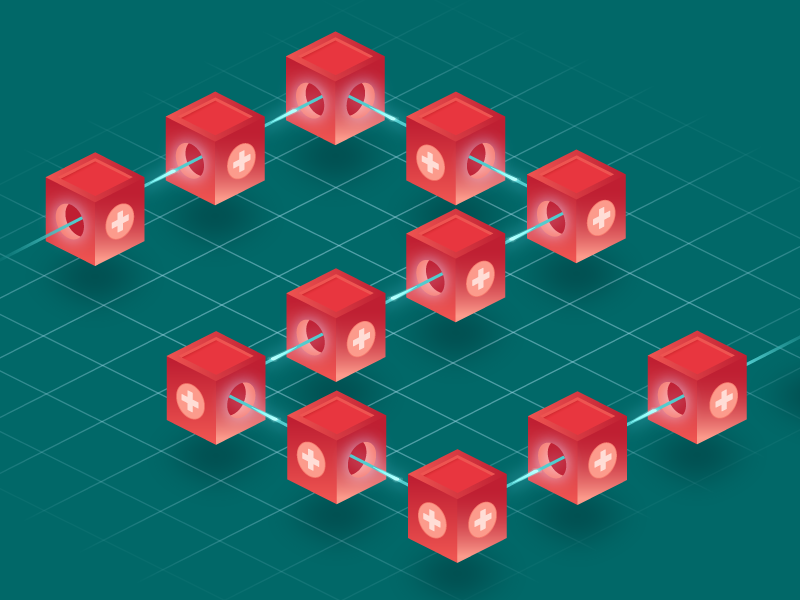The Use of Blockchain in Healthcare: A Collaboration Between Two CSA Working Groups
Blog Article Published: 08/02/2021

The unique attributes of healthcare data make it a prime target for nefarious actors. Predictably, healthcare information is tightly regulated by privacy and security laws in the United States, the European Union and international rules governing cloud data storage. The data’s high value, coupled with these regulatory requirements, has motivated organizations to explore using blockchain to secure data.
What is Blockchain
Blockchain is a digital ledger consisting of a “chain of blocks.” Transactions added to a new block are validated before inclusion in the block. When the block is completed, it is appended in chronological order to the end of an existing chain of blocks. Blockchain is unique because there are only two possible transactions: “add transaction” and “view transaction.” Transactions can never be deleted or edited. This limited set of actions helps ensure data integrity, a critical element for healthcare, as well as non-repudiation. Ultimately, blockchain may enable efficient healthcare data sharing while ensuring patient privacy and data security.
New Blockchain in Healthcare Document
As noted above, with the significant potential for blockchain use within the healthcare community, the CSA Health Information Management Working Group in collaboration with the Blockchain/Distributed Ledger Technology Working Group, recently published a new document, The Use of Blockchain in Healthcare. The document shows how blockchain can be used and includes some use cases to demonstrate blockchain’s potential. It begins with a description of blockchain technology and then discusses the benefits of using blockchain in healthcare, such as increasing the security of telehealth systems. After the presentation of the use cases, the document concludes with a discussion on the ways blockchain technology could be used in healthcare in the future.
Key takeaways from the document include:
- What distributed ledger technologies, blockchain, and smart contracts are
- How blockchain helps with medical research projects
- How blockchain increases the traceability of the medical supply chain
- How blockchain can transform billing processing, medical coding, facility and energy management, and telehealth
- How blockchain can provide increased control and access for the individual patient
- What the security issues of blockchain are, and how to address them
Health information management professionals are encouraged to read this publication in order to take a forward-looking approach to managing health data. Additionally, anyone interested in the applications of blockchain technology will find this to be a valuable read.
Download and read the document here.
Related Articles:
Beyond the Black Box: How XAI is Building Confidence
Published: 03/28/2024
Lessons Learned from HIPAA Compliance Breaches
Published: 03/13/2024
Other Practices Are Placing Greater Trust in AI... When Will Cybersecurity?
Published: 02/22/2024
Defining 12 CSA Research Topics
Published: 02/09/2024






